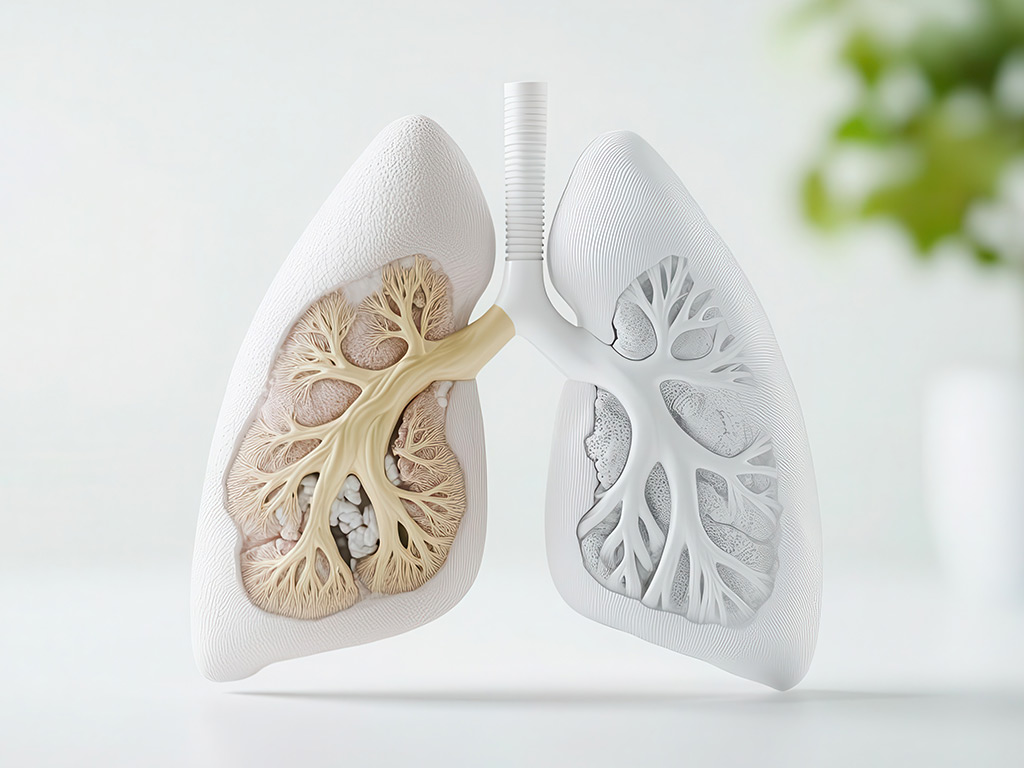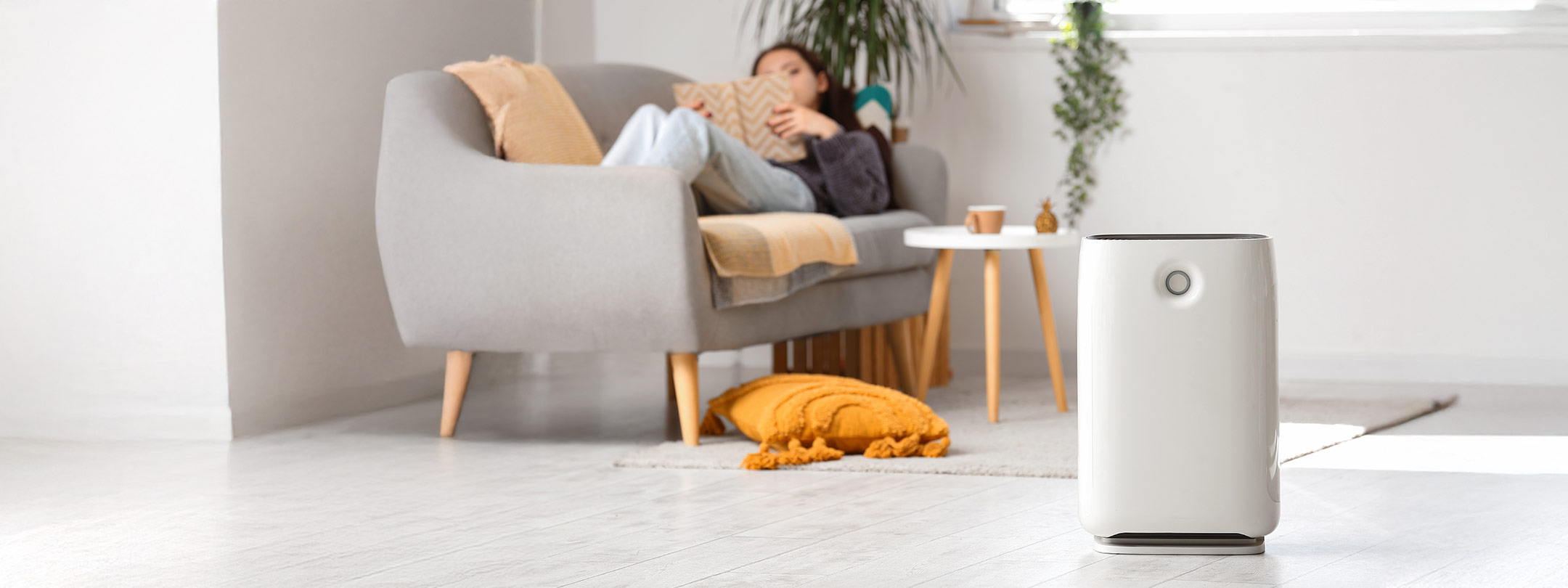Indoor air pollutants worsen lung inflammation, symptoms, and lung function in people with Chronic Obstructive Pulmonary Disease (COPD). Improving indoor air quality—particularly by reducing particulate matter—is essential for those with COPD. Fortunately, there are steps you can take to improve indoor air quality and reduce particle pollution in your home.
Particulate matter are small airborne particles, including things like dust, tobacco smoke, diesel emissions, combustion exhaust, pollens, pet dander, mold spores and more. Particulate matter (PM) is so small they can travel all the way to the lung’s air sacs (called alveoli). Once in the alveoli, particulate matter can irritate and corrode the walls, damaging the lungs and causing lung disease. The smallest particles can even cross from the alveoli into the bloodstream. These pollutants, at high levels, have been linked to an increased risk of stroke and heart attack.
Learn more about how indoor air pollutants impact your lungs
Here are some simple steps that you can take to eliminate pollution, improve ventilation, and make your indoor air cleaner:
- Invest in an air quality monitor. That way, you can know if there’s a problem.
- Keep pollutants out of your home. That means no smoking indoors, no burning fires or candles, no use of scented sprays or air fresheners, and being aware of dangers of chemicals when using cleaning products.
- Clean frequently and use a vacuum with a HEPA filter.
- Use an indoor air purifier.
- On days with good air quality, open your windows for at least fifteen minutes to bring in clean, fresh air from the outside.
- If you’re concerned aboutcoming into contact with pollutants, wear an N95 mask to keep yourself safe.
- Avoid outdoor activity on days with air quality warnings bad air quality days, and exercise in places where the air is fresh, not near busy highways.
Looking for a provider that can help manage your COPD? Visit selecthealth.org/find-care. Select Health members call also our Member Advocates team at 800-515-2220 (TTY: 711).
The content included in these blogs is for your information and is not a substitute for professional medical advice. It should not be used to diagnose or treat a health problem or disease. Please consult your doctor if you have any questions or concerns.
Related Articles



